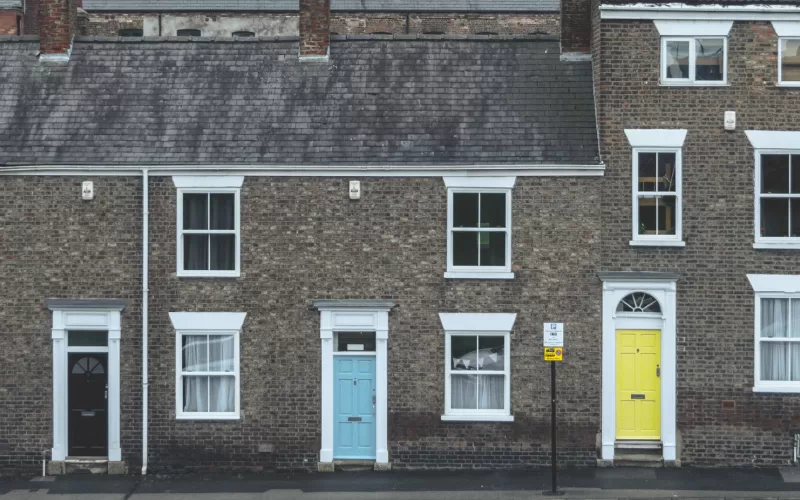

Published on 25th March 2022

The lifesaving abilities of AEDs are rapidly becoming more well-known – so much so that more people are considering purchasing one to use in their homes.
Most of us are familiar with seeing defibrillators in public places – but should you keep an AED at home, just in case? Are defibrillators suitable for a home environment? The answer is a resounding yes – here we explain why.
One of the main drivers behind campaigns to increase the number of defibrillators nationwide is the unpredictability of SCA – it can strike anytime, anywhere – often without warning.
Most sudden cardiac arrests occur outside of a hospital setting – and of those, around 72% of SCA occur in the home – a remarkably high number. This incidence and a lack of readily available lifesaving equipment in the home could be two key factors influencing stubbornly high mortality rates for SCA.
Whilst the main focus of most campaigns is on increasing the availability of AEDs in public places and social settings (which is welcome and necessary), few people consider the advantages of having a defibrillator close by in a domestic setting – even fewer know what to do should SCA occur. Survival rates decrease rapidly with every minute that passes without the prompt use of a defibrillator or CPR – so whilst manual CPR does have an important role to play, often it can’t be relied upon solely to save the life of someone in sudden cardiac arrest.
Having an AED in the home may not just benefit you and those who live with you. With an AED close by, you could also potentially save the life of a neighbour or visitor – just as quick-thinking residents did in the case of Craig Hanson. He suffered sudden cardiac arrest at home.
One of the most important features of an AED is how easy they are to use. An AED is easier to use than most items in a standard first-aid kit – thanks to audio and/or visual instructions which walk you through each step. Even a child could use an AED – making them safe and effective for the whole family.
This makes defibrillators essential lifesaving equipment in the home – with no need for maintenance or specialist care. Simply store your AED safely on your property (somewhere you can easily retrieve it should you need to use it), and remember to check the batteries periodically.
Although some groups are more at risk than others, SCA can occur unexpectedly anytime, anywhere – making the benefits of having defibrillators fitted in residential settings all the more apparent. Sudden cardiac arrest can affect even young and healthy individuals, and having access to an AED can greatly improve the chances of survival.
Despite this, those diagnosed with pre-existing heart disease, high blood pressure, high cholesterol or diabetes (or anyone living with loved ones who do) should consider purchasing an AED for the home. Additionally, if you smoke or are largely sedentary, your risk of SCA is also higher, making an AED fitted close by a sensible option to offer complete peace of mind.
Any defibrillator is better than none at all – but some AED models have advantages over others regarding their size and type of operation.
Our Lifeline View series features full-colour visual and audio instructions on-screen, making it the easiest and simplest to use in the home for all family members. Although all defibrillators feature intelligent technology that measures whether a shock is needed and administers tailored treatment, Auto models are best suited to the home environment as they operate without any additional steps.
For a compact model which can easily be stored in the home, our Portable AED Package might be the perfect option for you, as it can easily be carried wherever it is needed, just like a first aid kit.
There are chest compressor devices that offer simple and effective support when administering manual CPR to accompany your AED. These will intelligently offer audio feedback to help you perfect your technique, enabling rescuers to more accurately ascertain the appropriate depth and perform more effective chest compression in cardiac arrest.
There are many benefits of having an AED close to hand at home, especially if you or your loved ones suffer from a health condition that increases SCA risk. Not sure which type of AED is best for the home? Call our friendly team today for tailored advice.